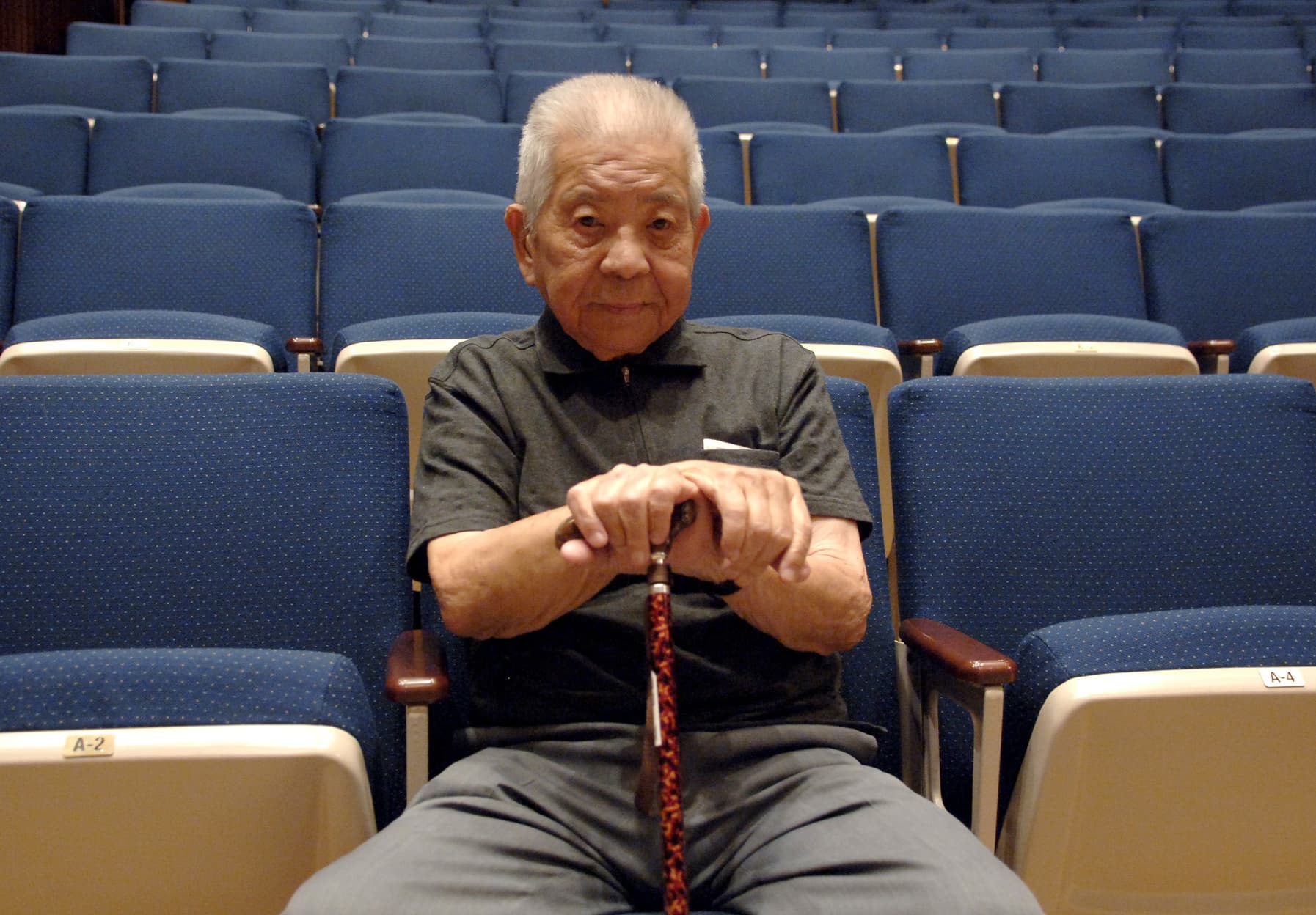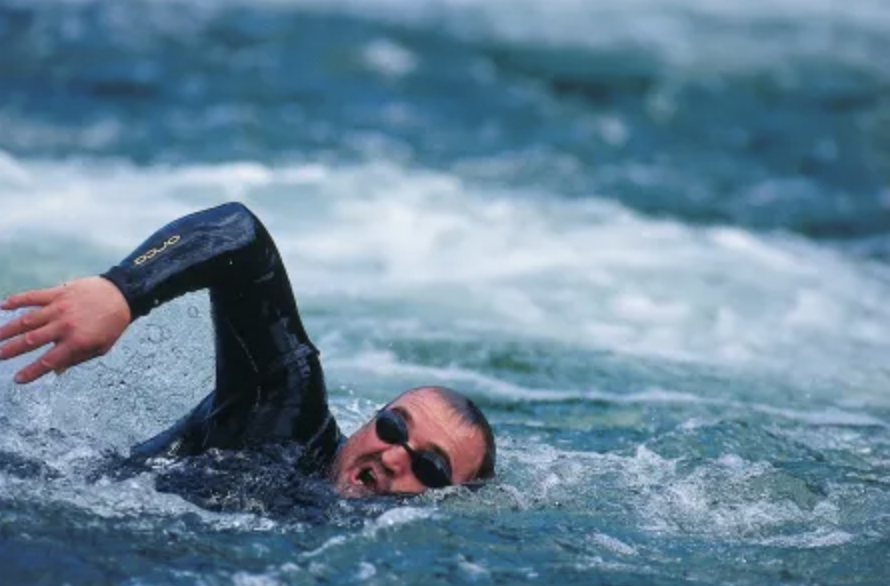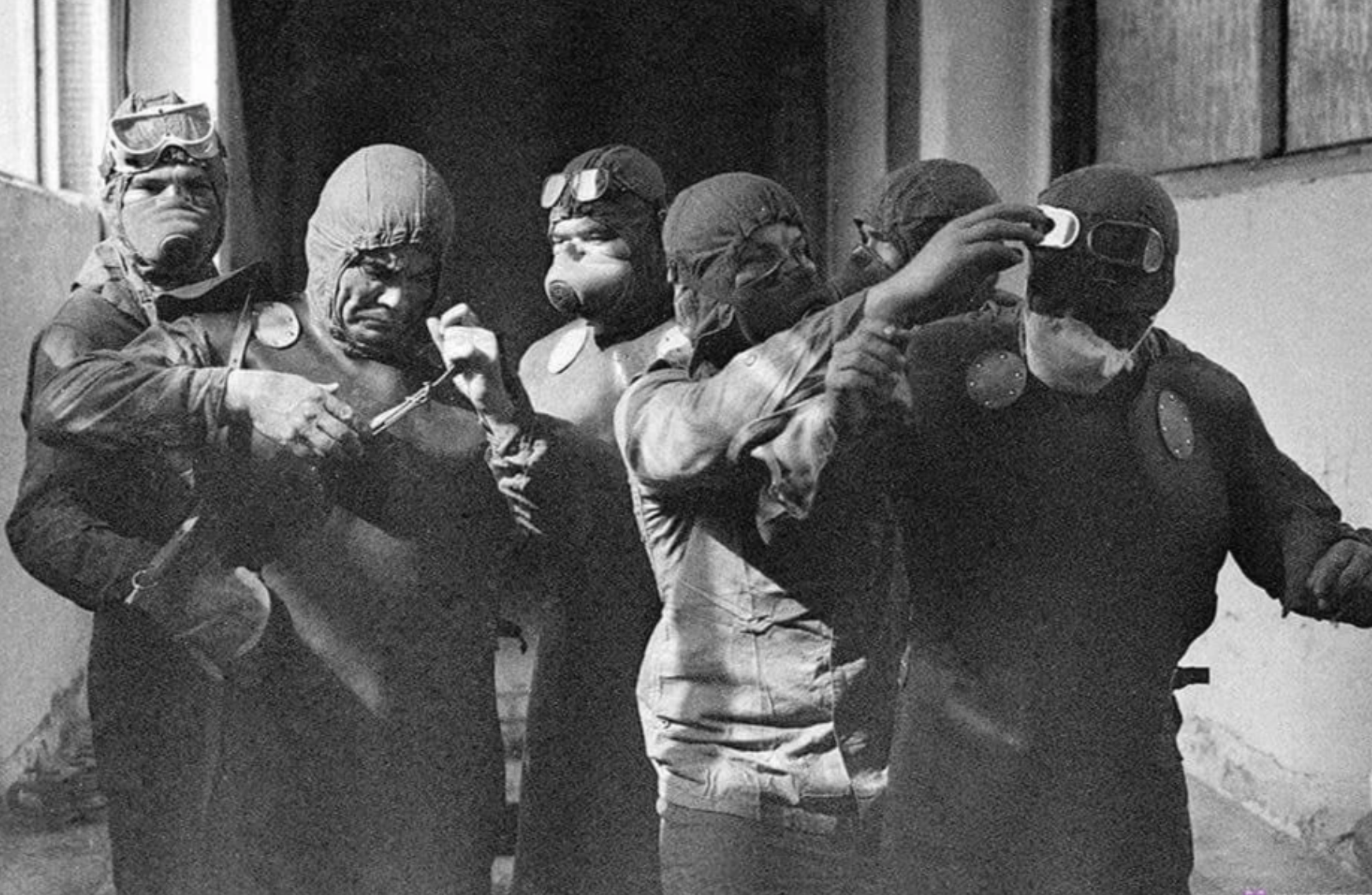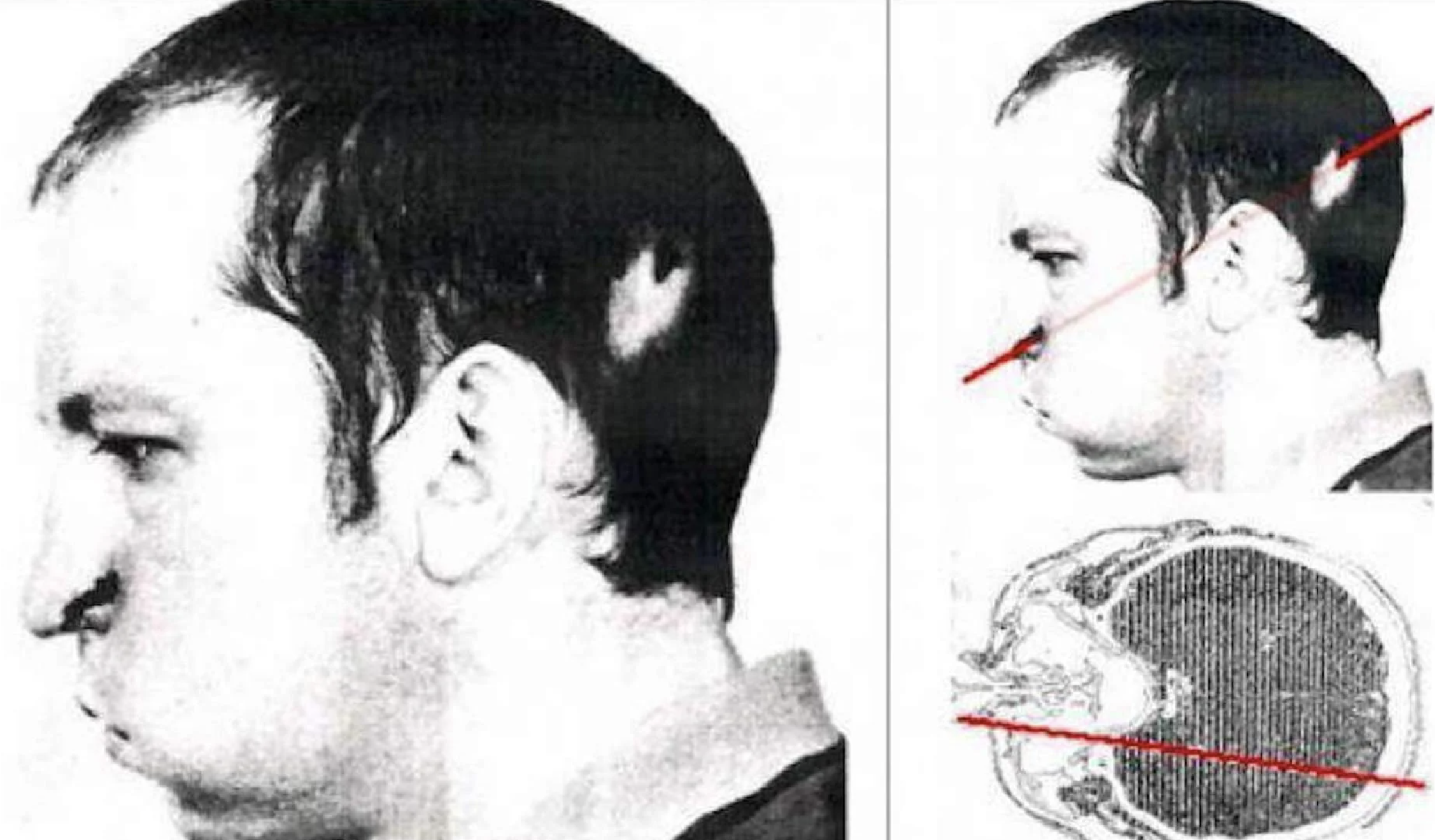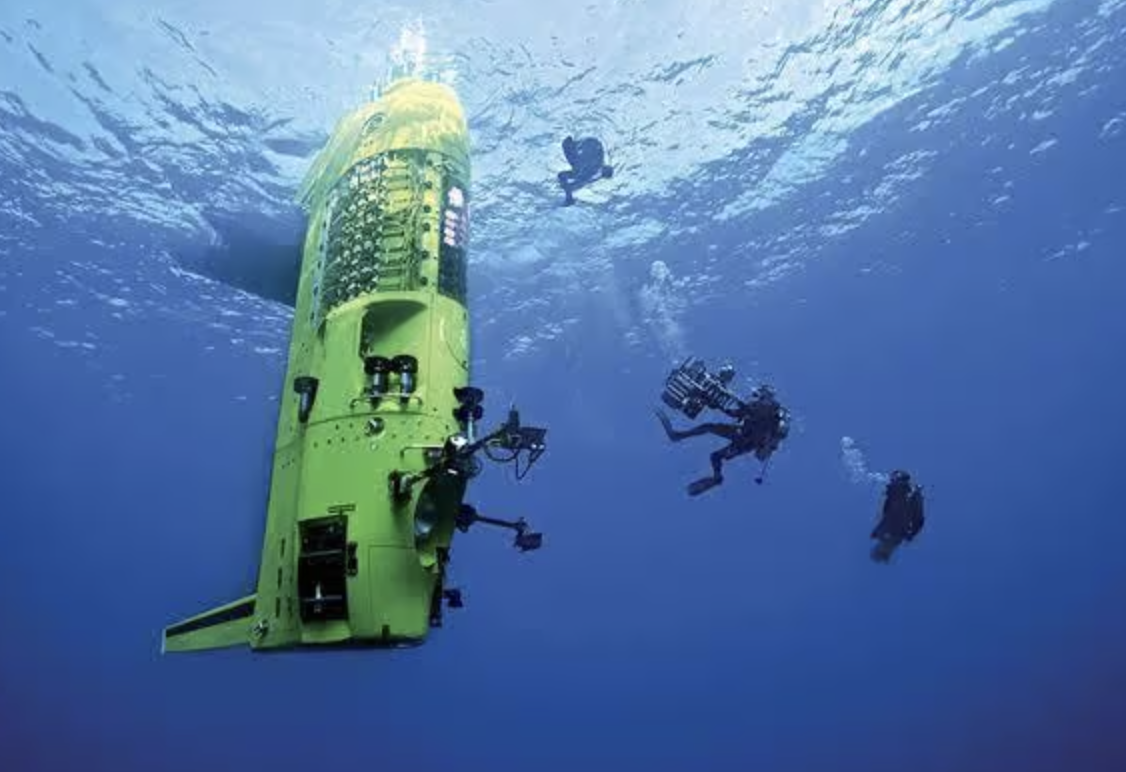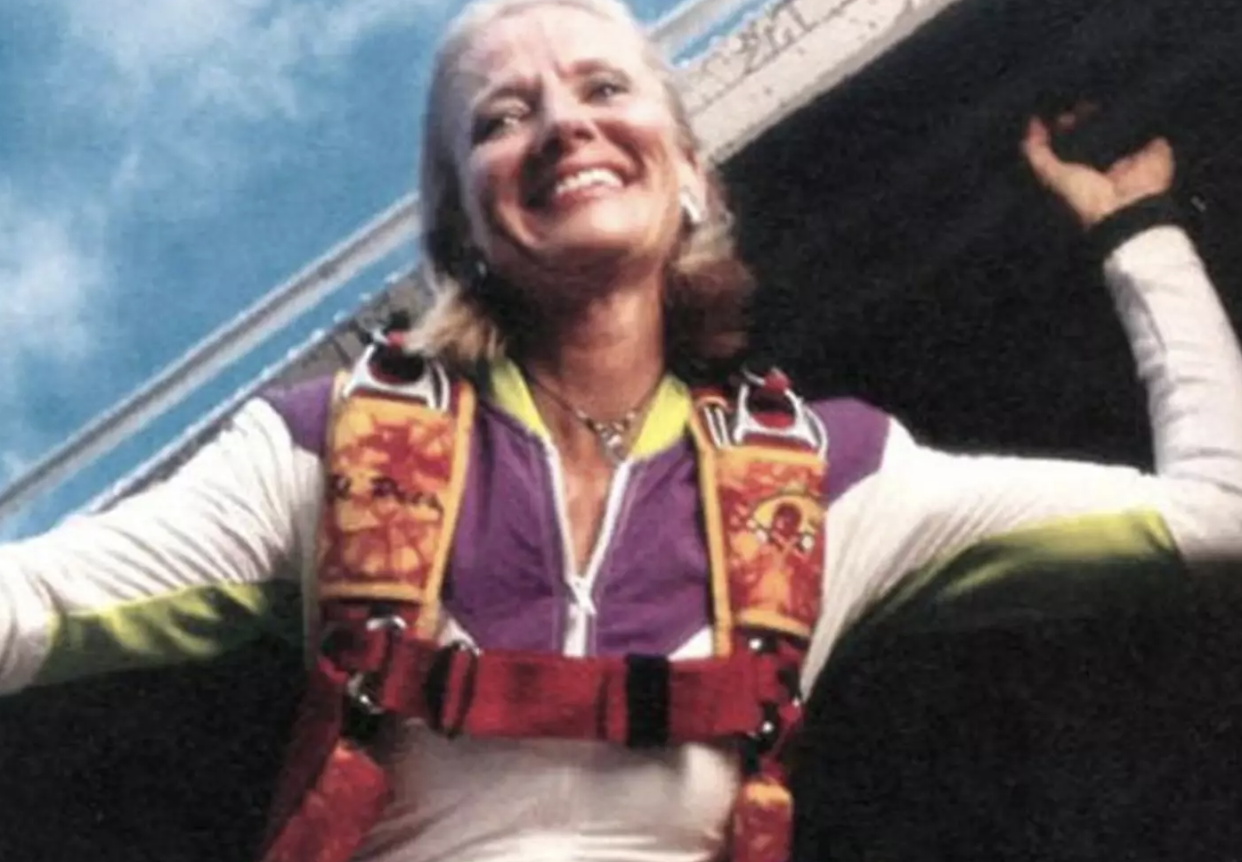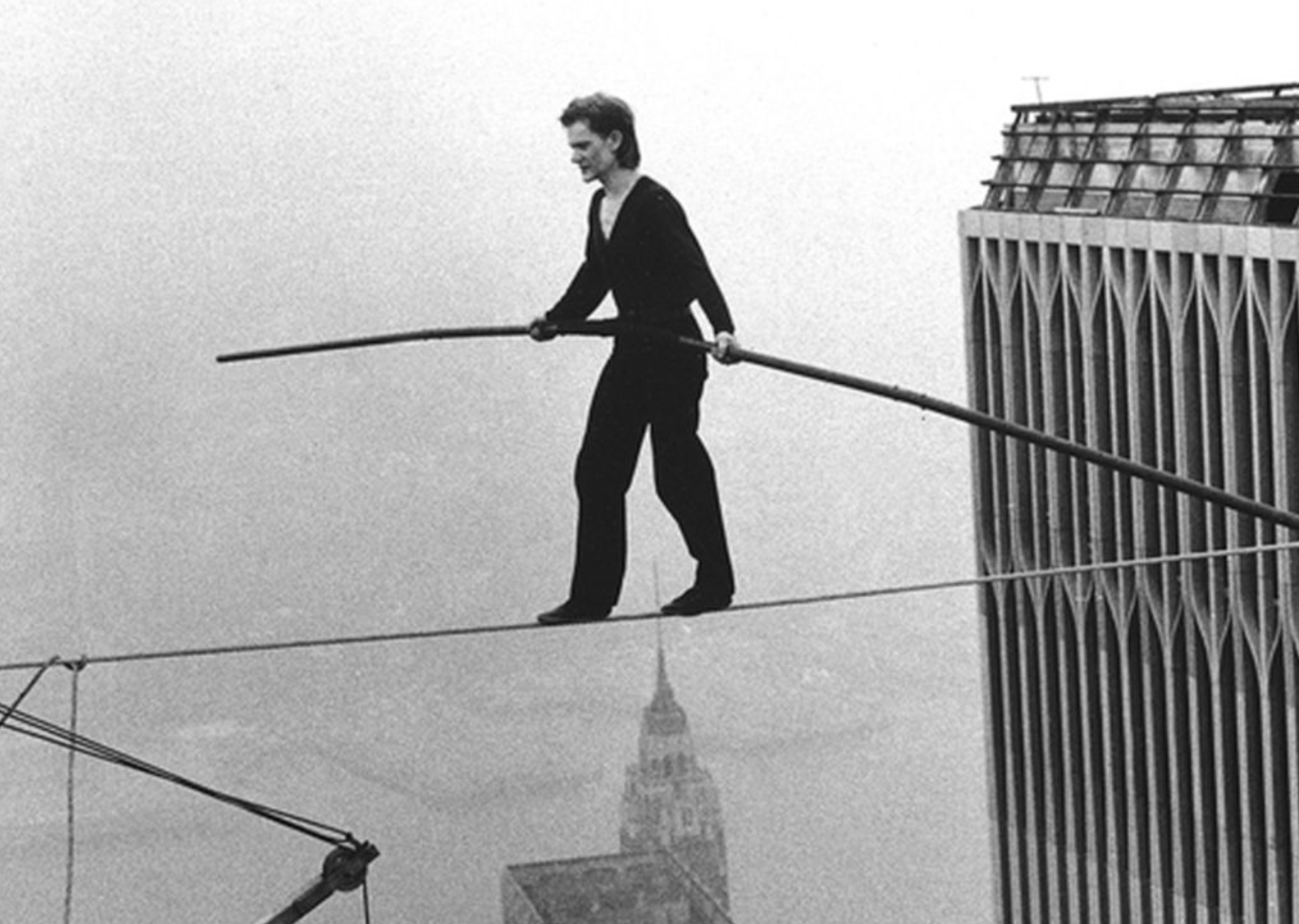18 Insane Feats Statistically Rarer Than Walking On the Moon
One small step for man, one giant leap for what's humanly possible.
Published 1 year ago in Wow
While taking a trip to the moon may be the gold standard of superhuman feats — one only achieved by 12 people — there are a whole lot more impressive accomplishments held by even fewer groups of people. Only six people have ever reached the bottom of the Mariana Trench, meaning you're twice as likely to take one small step for man than visit the depths of the ocean. But it's not just nature that boasts such crazy odds. Though 50,000 people may have worked at New York City's World Trade Center, only one managed to tightrope walk between the Twin Towers.
From the death-defying bravery of professional rock climber Alex Honnold to the marine engineer who managed to survive nuclear blasts at both Hiroshima and Nagasaki, here are feats somehow even rarer than walking on the moon.
6
“Only two people have ever flown the XF-84H Thunderscreech. Theoretically it was the fastest propeller-driven airplane ever built; it could have attained a speed above 1000km/h, but was so difficult to fly that it was never taken above roughly 840km/h in testing. At the very least it was the loudest propeller-driven airplane ever built, due to its supersonic propeller tips. One of the test pilots made a single flight and was so terrified at the plane's handling that he refused to ever set foot in the cockpit again. The other test pilot made 11 flights for a total of 12 test flights before the project was canceled. Thankfully the plane didn't manage to actually kill either of the people who flew it, making it statistically safer than a Boeing 737.”
16
“Joan Murray, in 1990, jumped from an altitude of 4400 km, both of her parachutes did not open. She fell on a nest of fire ants. Murray broke many bones, knocked out almost all her teeth, but remained conscious due to the fact that she received hundreds of poisonous ant bites, this contributed to a large release of adrenaline, as a result of which doctors managed to resuscitate her, after several years of treatment and physical recovery, Joan returned to normal life and continued skydiving.”

